Khabar Khair (Only Good News) – Abdul Jalil Al-Salami
Yemen is making rapid steps towards generating electricity with solar energy, and indicators confirm the increase in the number of Yemenis who depend on small solar energy systems for homes, service facilities and agricultural purposes as a major source of electricity.
A recent study revealed that Yemen ranks third in the countries of the Arab Middle East, with solar photovoltaic generation, with a capacity of 732 gigawatt hours, after the UAE 1,076, and Jordan 1,476 gigawatt hours.
The solar energy sector in Yemen is one of the booming sectors, driven by the shortage in generation of the government-Run power grids due to the conflict, and the limited availability of fuel for generators.
The study, “Priorities for the recovery and reform of the electricity sector in Yemen,” said that more than half of the population of Yemen, 75% in urban areas and 50% in rural areas, use small solar PV systems as an alternative source of electricity.
The decline in the cost of renewable energy technology and financial support from donors helped the private sector seize business opportunities, making the solar energy market one of the fastest growing in Yemen.
Despite the conflict and political instability in the country, there are more than 80 local private sector companies that act as agents of major global manufacturers of solar energy systems.
According to trade data, since mid-2015, the Yemeni private sector has imported large amounts of solar energy applications (solar panels and storage batteries) that exceed the quantities of several countries in the Middle East.
Sales of solar energy systems in Yemen increased to 2000% during the past five years, as the bill for Yemeni spending on solar energy reached nearly $300 million, according to a report issued by the private sector project at the German Cooperation Agency (GIZ) in Sana’a in 2017.
It was reported that the total capacity of imported and installed solar PV systems in Yemen had reached 500MW, by 2018.
A study issued by the “Reimagining the Yemeni Economy Initiative” project indicated that in December 2019 the percentage of those using solar energy systems was about 75% of the population, while 12% of them continued to rely on electricity from the national grid, and 12% of electricity from private grids. Only 1% use their own generators.
The increased availability and financial capacity of solar energy, as well as years of cuts in electricity service, sometimes only in cities and to a lesser extent in rural areas, led to the expansion of solar energy use across the country during the conflict.
The use of solar water pumping for home consumption has developed greatly across the country with the support of humanitarian agencies to some extent.
International agencies, organizations and programs are supporting the expansion of micro-grids across Yemen, helping to move from micro-grids to mini grids to meet the needs of more communities.
The study confirmed that the use of solar energy for irrigated agriculture was funded by the owners and operators of wells and is more available to the wealthier segments of society.
The use of the solar irrigation system in the Sana’a Basin is increasing greatly, and today more than 30% of farmers in this region use the solar irrigation system.
The number of solar-powered irrigation systems installed over time also jumped from zero percent in 2012 to 12 percent in 2017 and to 31 percent by the end of 2020.
While the average adoption of the solar irrigation system in Sana’a is increasing by 4.4% annually, studies indicate that if this path continues, all old pumping systems in the Sana’a Basin will be replaced or supplemented by the solar irrigation system within 15 years.
The study, “Solar Irrigation in Yemen: Opportunities, Challenges, and Policies,” prepared by researchers Musaed Aklan and Helen Lackner, expected that the country would witness a complete transition to a solar irrigation system within only 7 years.
“it added “If the social, political and security situation in Yemen stabilizes, the transition to a solar irrigation system is expected to be much faster, given the experience gained by farmers and the growing solar energy market in Yemen,”.
Energy consultants confirm that the future of energy in Yemen will be only solar energy, while the war is still raging; The public water and electricity networks only serve up to 10% of families.
Scientific research on solar energy production indicates that Yemen’s geographical and astronomical location is in the most suitable areas for investing solar energy.
Dr. Abdullah Ahmed Baradi (engineering professor at Hadhramaut University of Science and Technology) asserts that Yemen’s lands are rich in solar energy investment opportunities and can receive all types of solar energy technology, both complex and simple.
He explained that the possibility of investing concentrated and flat thermal complexes and solar cell compounds to generate electric power and thermal power is capable of operating factories, pumping water in farms, heating water, desalinating sea water and in most areas in urban and rural communities.
Dr. Barady called on all citizens, investors, and government institutions to move towards benefiting from this source for the good of this country

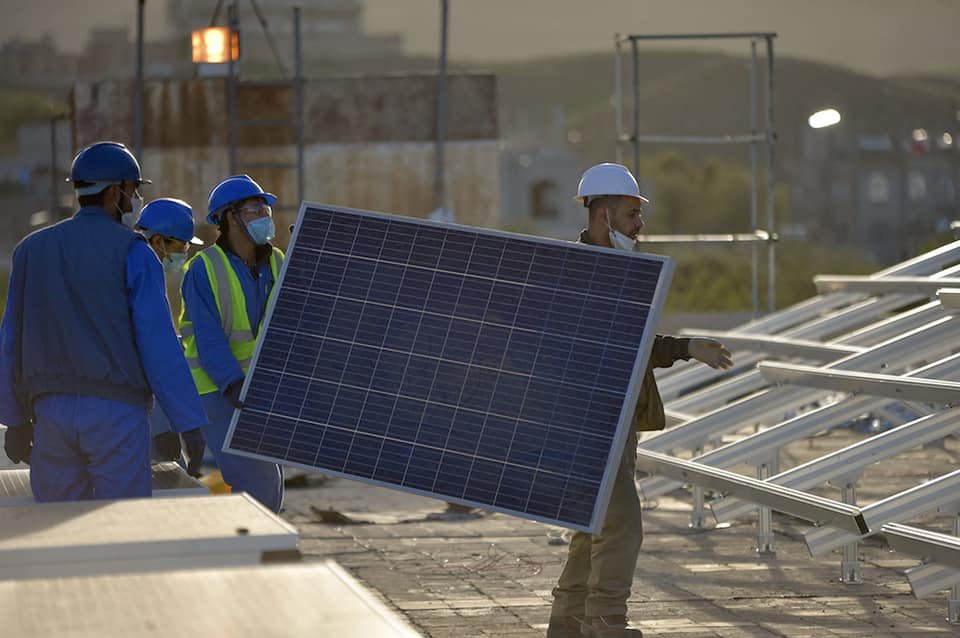

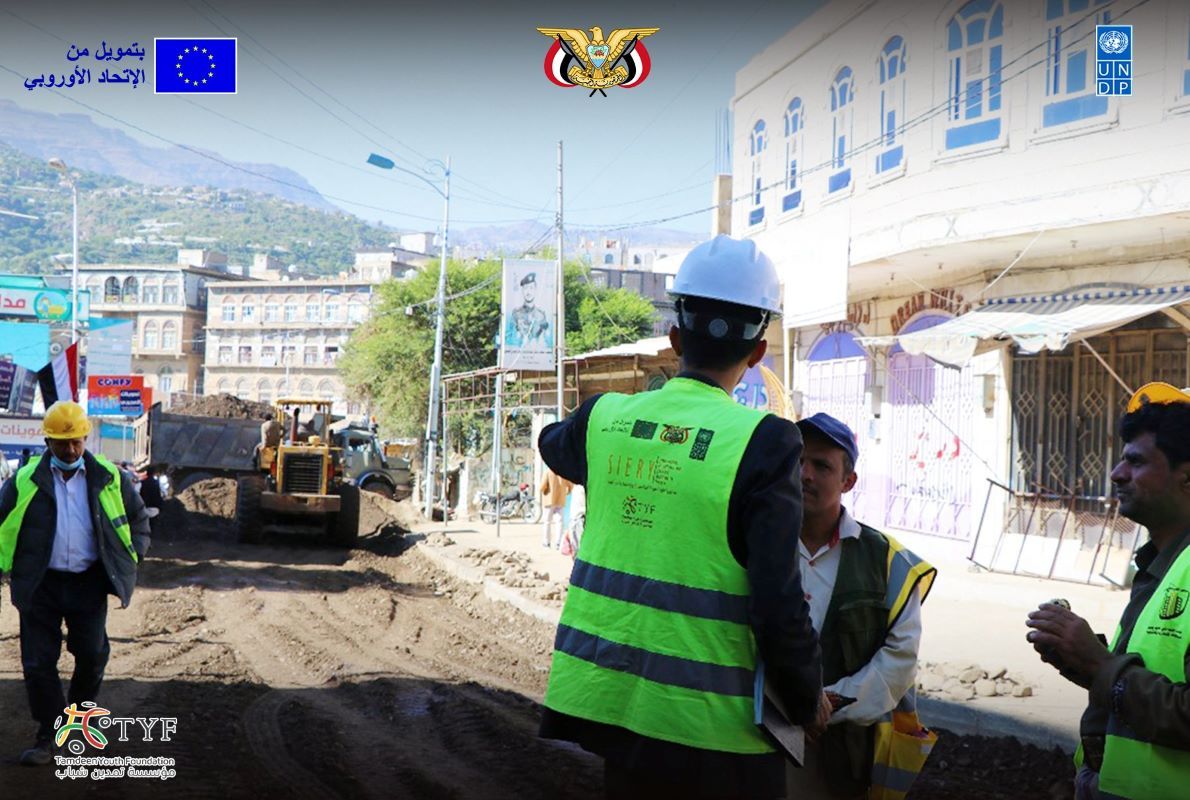
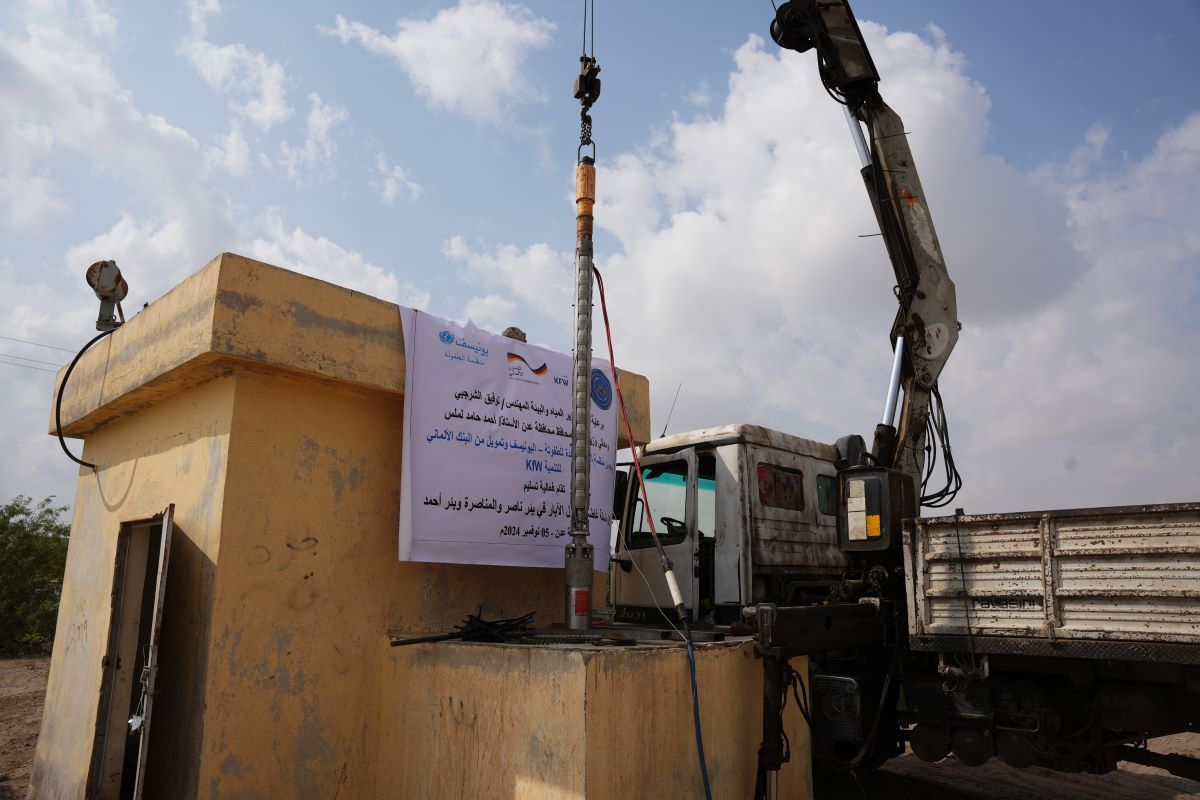
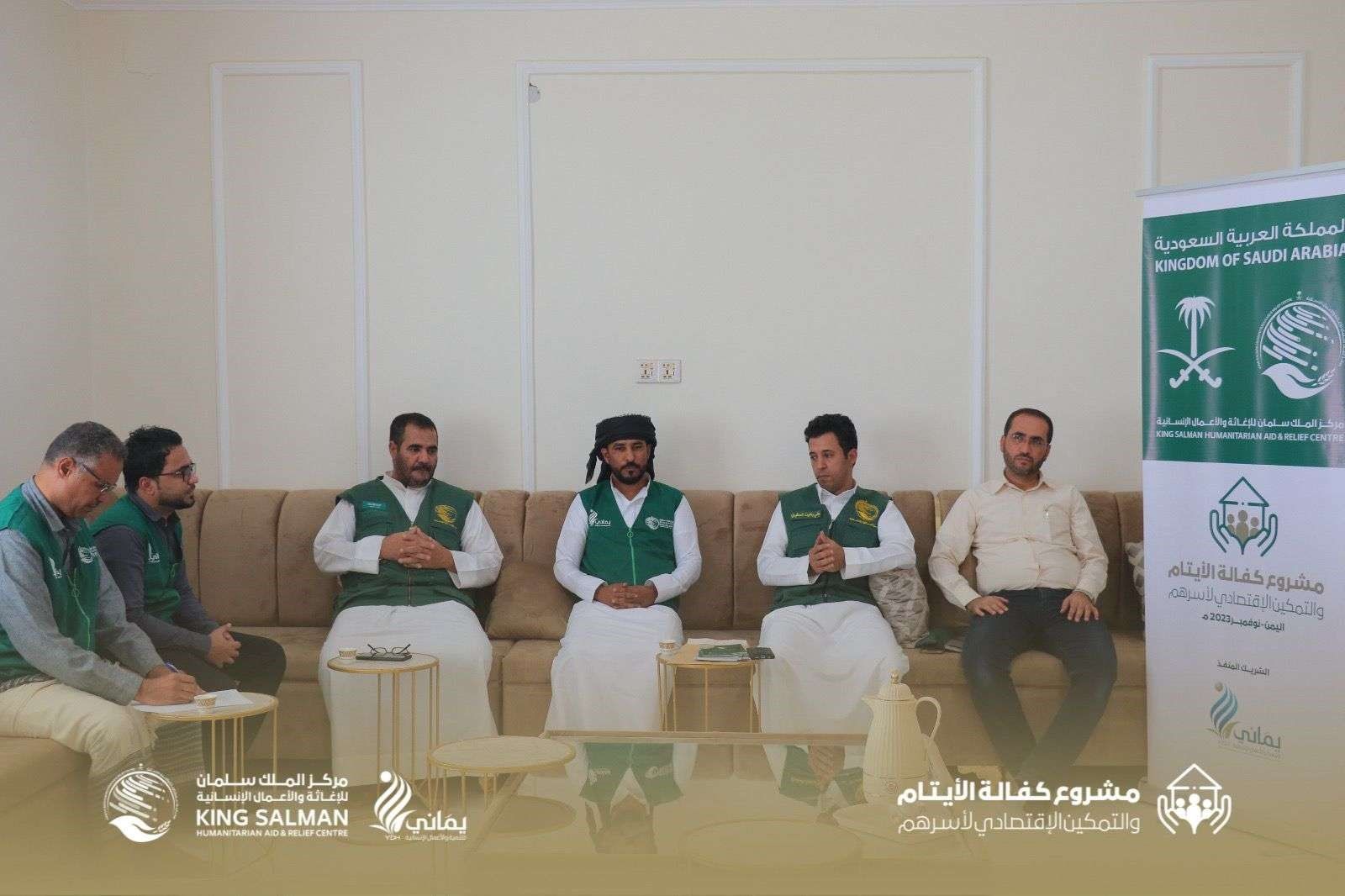

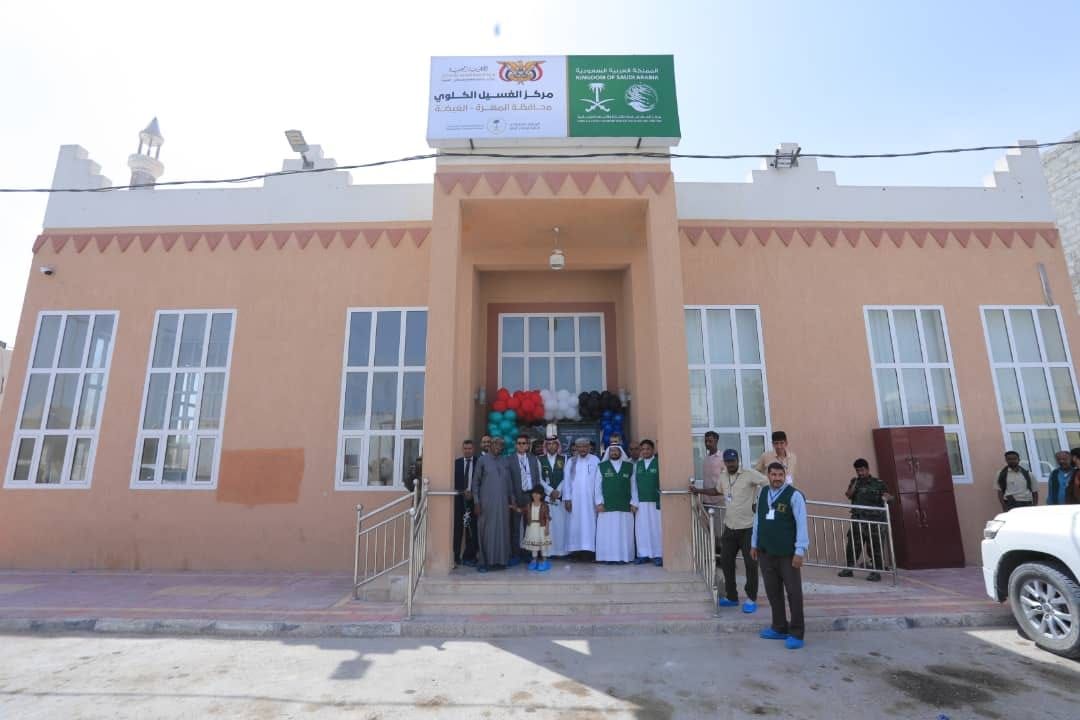

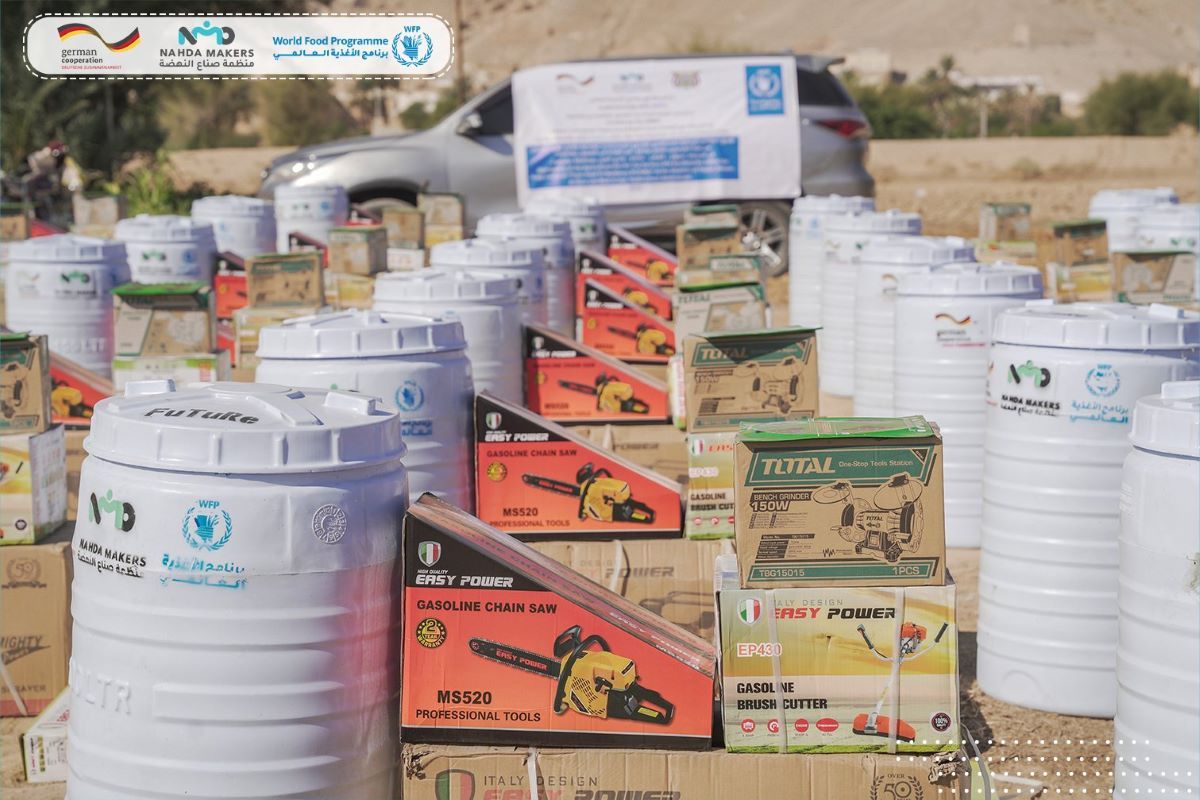

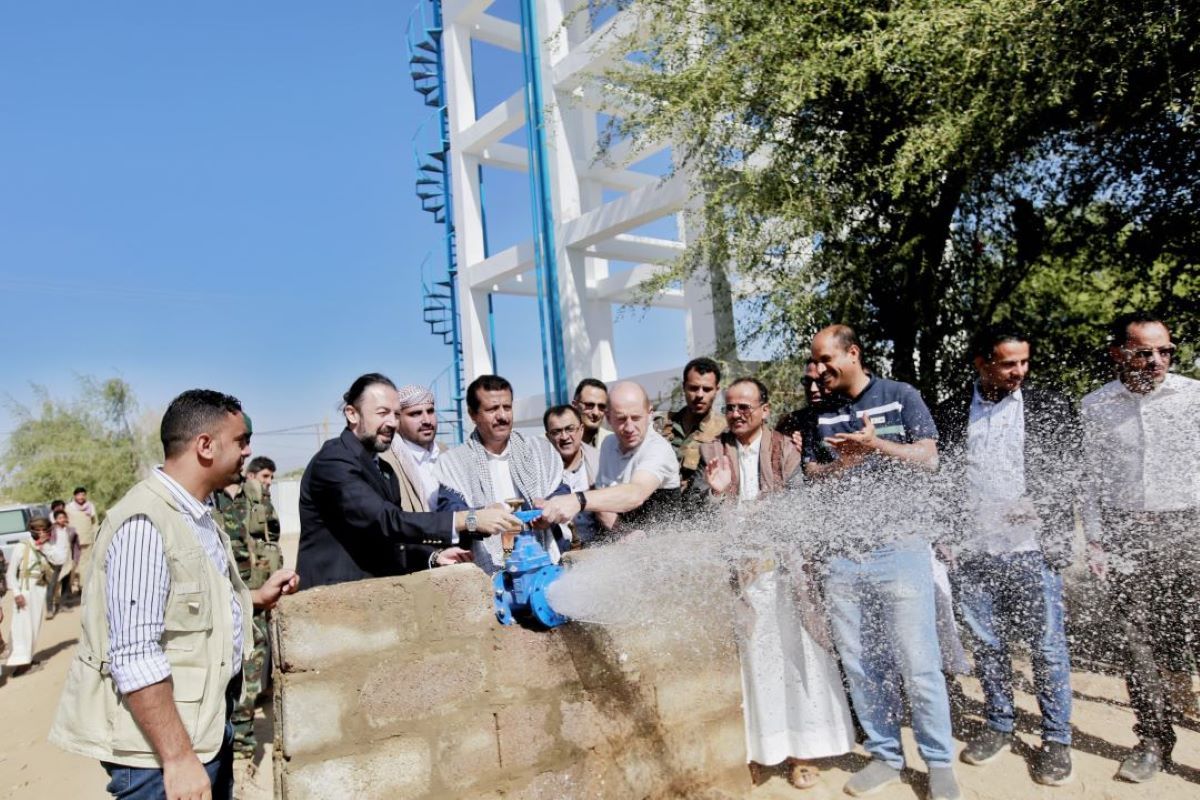
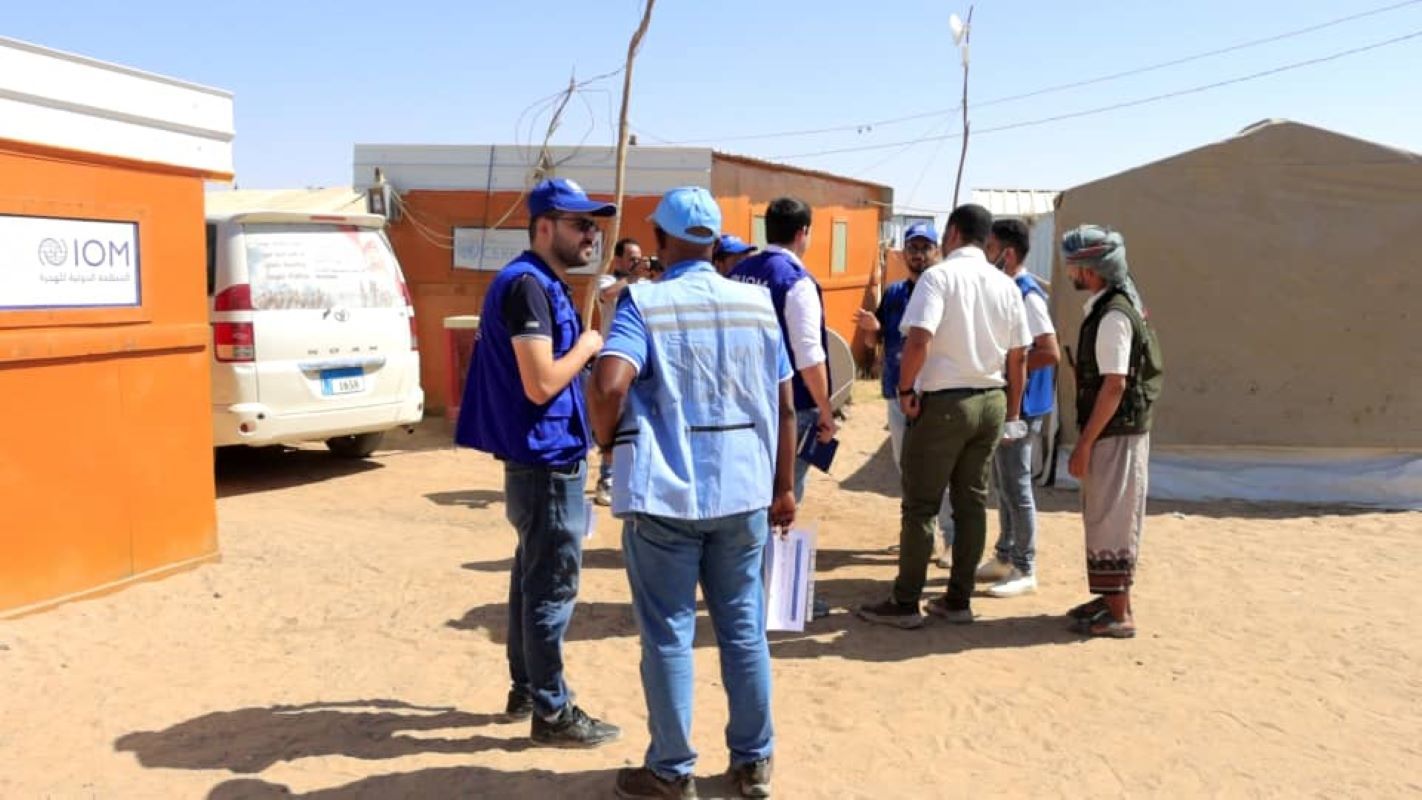


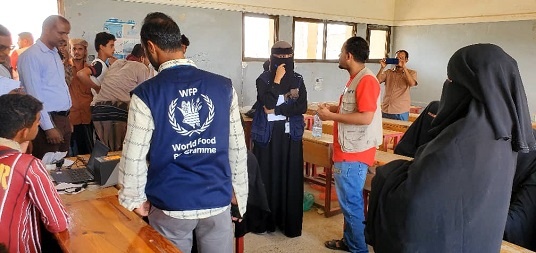
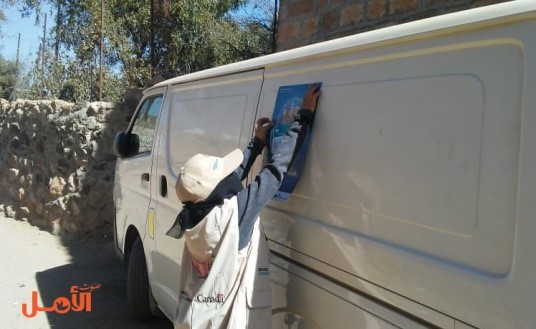
LEAVE A COMMENT